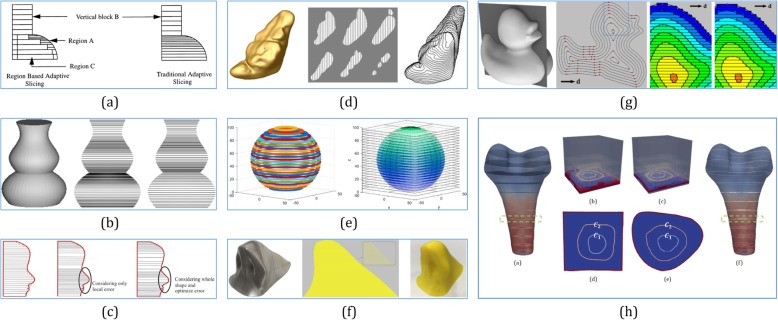Review of heterogeneous material objects modeling in additive manufacturing.
IF 6
4区 计算机科学
Q1 Arts and Humanities
Visual Computing for Industry, Biomedicine, and Art
Pub Date : 2020-03-05
DOI:10.1186/s42492-020-0041-6
引用次数: 0
Abstract
This review investigates the recent developments of heterogeneous objects modeling in additive manufacturing (AM), as well as general problems and widespread solutions to the modeling methods of heterogeneous objects. Prevalent heterogeneous object representations are generally categorized based on the different expression or data structure employed therein, and the state-of-the-art of process planning procedures for AM is reviewed via different vigorous solutions for part orientation, slicing methods, and path planning strategies. Finally, some evident problems and possible future directions of investigation are discussed.



增材制造中的异质材料物体建模综述。
本综述研究了增材制造(AM)中异质物体建模的最新发展,以及异质物体建模方法的一般问题和普遍解决方案。根据不同的表达方式或数据结构,对常见的异构对象表示法进行了分类,并通过零件定向、切片方法和路径规划策略等不同的有力解决方案,对先进的增材制造工艺规划程序进行了回顾。最后,讨论了一些明显的问题和未来可能的研究方向。
本文章由计算机程序翻译,如有差异,请以英文原文为准。
求助全文
约1分钟内获得全文
求助全文
来源期刊

Visual Computing for Industry, Biomedicine, and Art
Arts and Humanities-Visual Arts and Performing Arts
CiteScore
5.60
自引率
0.00%
发文量
28
审稿时长
5 weeks
 求助内容:
求助内容: 应助结果提醒方式:
应助结果提醒方式:


